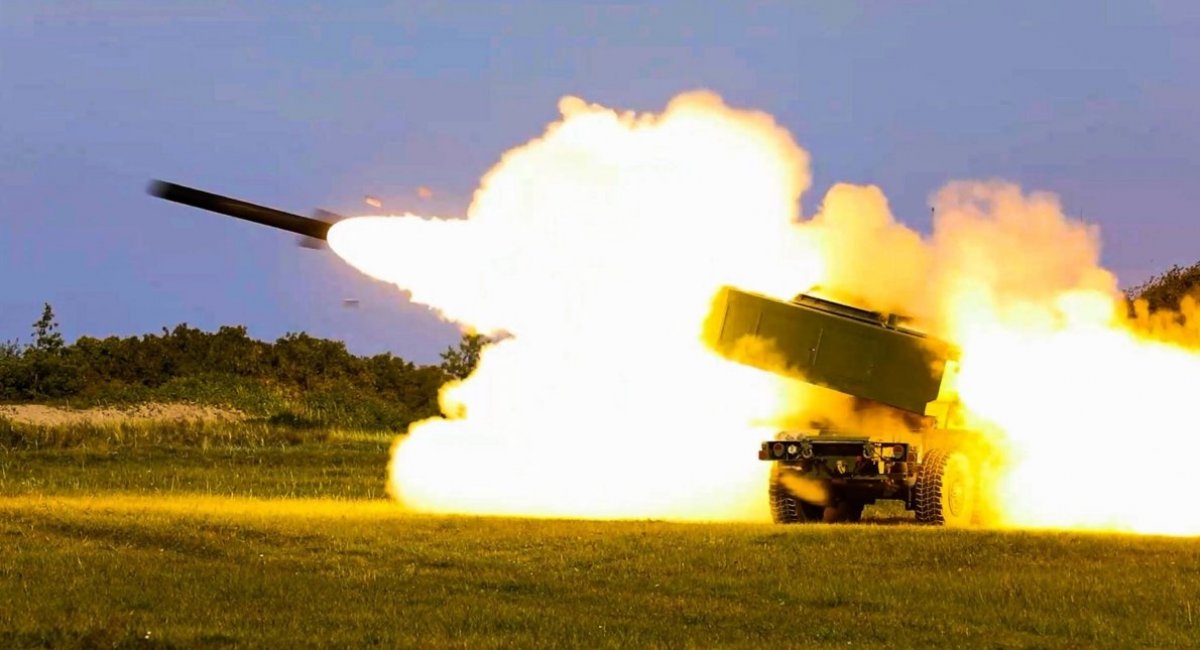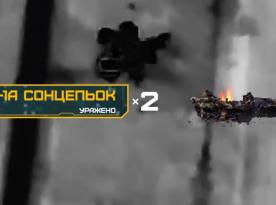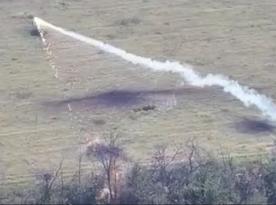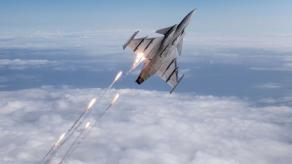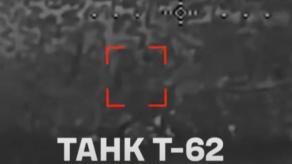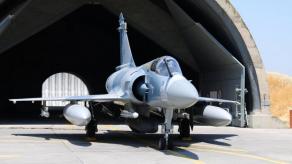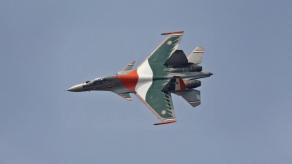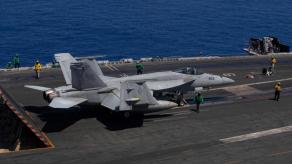Russian media regularly highlight its failures and successes, setbacks and developments such as a new Ka-52 helicopter that can be shot down by a rifle, a “war correspondent” story about russian advances filmed in a rear or the Uragan MRL with a mesh for protection.
Russian state-owned media Zvezda highlighted in their story the vehicle damaged by the M30A GMLRS rocket fired from the HIMARS or M270 MLRS.
Read more: russian Military Headquarter Get Under the Fire In Occupied Zaporizhzhia Region
“Look at the number of holes, there are hundreds just on the driver's door. Some of them, for example, on the fuel tank, were welded even before the vehicle was sent for repairs," the correspondent said showing russian KamAZ vehicle riddled with thousands of tungsten bullets.
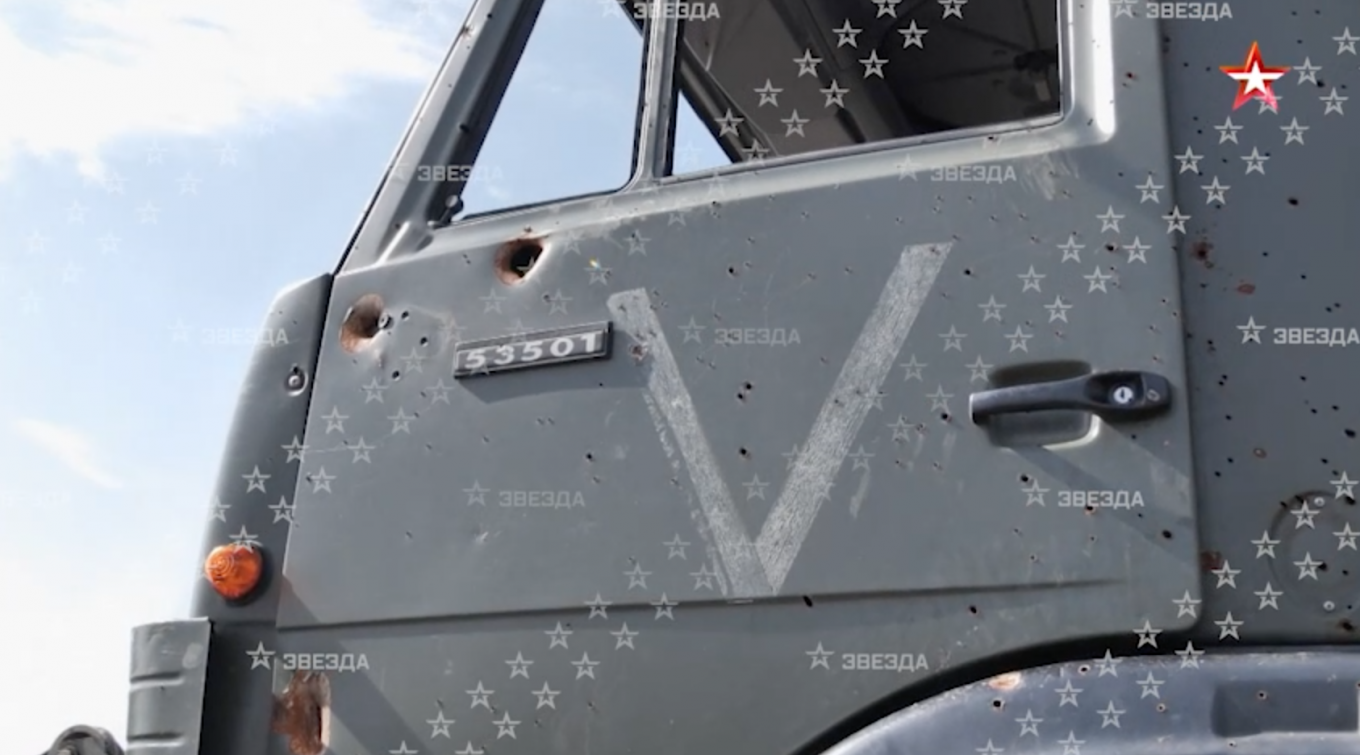
One of the russians mentioned the impact of a rocket with fragmentation warhead. He noted that “it was probably a foreign model – HIMARS”. This conclusion was made based on the “analysis” of the vehicle's damage according to “distinctive marks of impact”. The complexity of the repair was visually estimated at 3 out of 5.
“Presumably, Ukraine used a rocket with a new “filling” – glass balls. They are lighter than steel, so more of them can fit into the rocket, which means a greater impact effect,” the correspondent confidently stated.
Should be noted that the Armed Forces of Ukraine use the M30A1 rockets with alternative warheads in the HIMARS and M270 system. These warheads contain around 180,000 small tungsten carbide balls. The rocket can destroy targets at a distance of 84 km with a probable circular error of up to 7 meters.
Moreover, russians were complaining about the power of the rocket and noted that there was nothing to restore in a vehicle damaged by it.
Read more: Russians Installed Artillery Control Systems to Rakushka APC, Announce to Put Service




